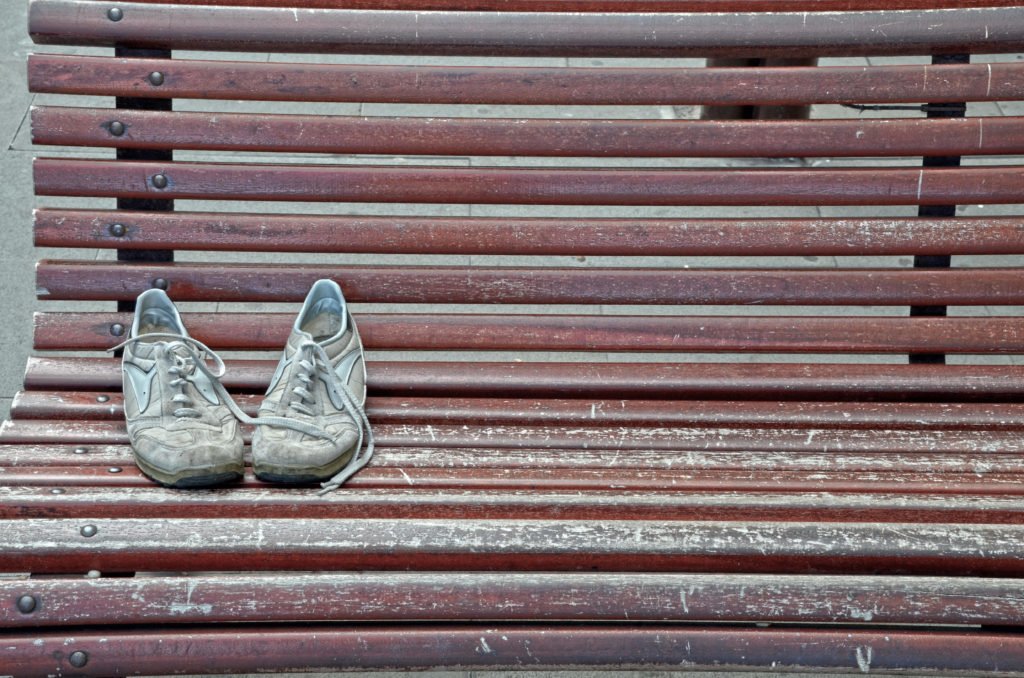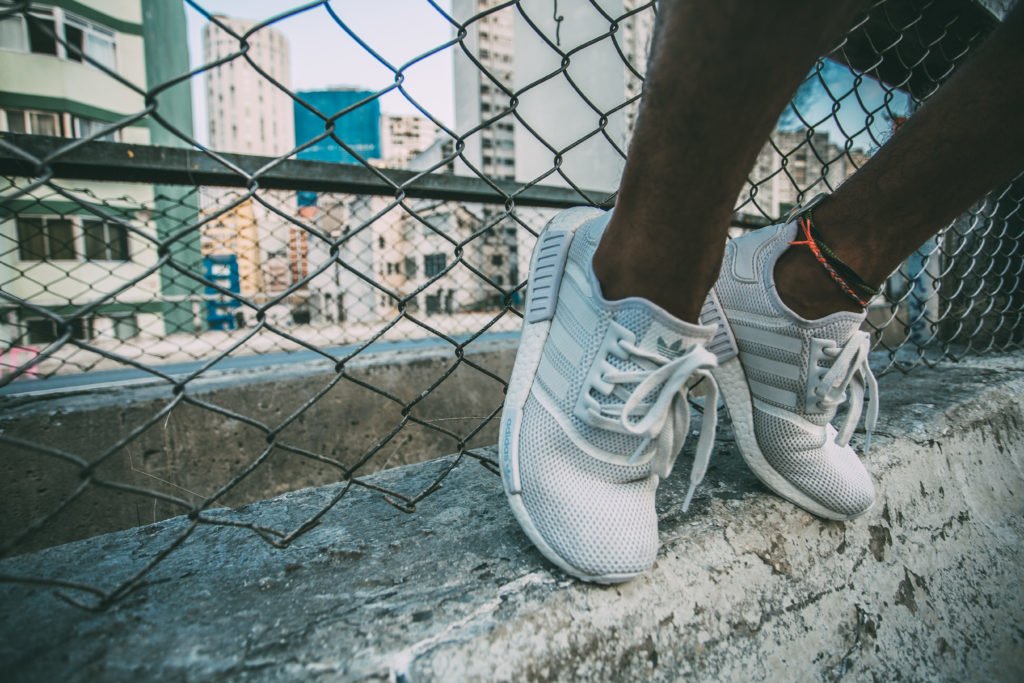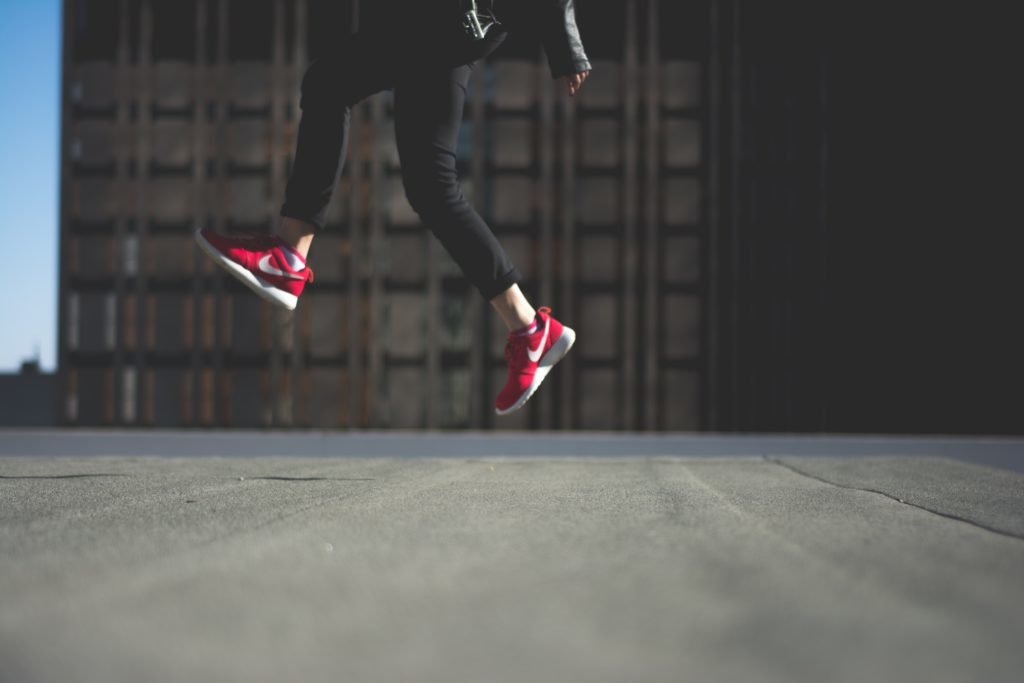All the myths, legends, and stories of when to buy new running shoes are finally revealed.
Each mile run holds a story in your own running journey, but knowing when to buy new running shoes can be tricky. From marathon runners to daily joggers, your shoes are an important part of being a runner.
It can be hard to part with old running shoes, but new shoes can awaken a new season of running for you. Discover when to buy new running shoes and what to look out for as your old pair starts to fade with the miles.

Look Out For Wear
Inevitably all shoes wear out. It is the simple consequence for using your shoes in your passion for running. The signs of wear can be subtle in form, but after awhile, your body will feel the consequence. The most detrimental sign is your midsole wearing out. The midsole is the heart of a running shoe. Without proper support for your foot, it can start a slippery slope of shin splints, or even runner's knee.
Other signs of wear can be a little more obvious. When the outer sole is worn down or the tread of your shoe is gone, it can be hard to keep traction while you run. Just like tires on your car, it can be dangerous to run around in shoes that have no tread. If you notice that your runs are a little more slippery, then it may be time for a new pair.

The Press Test
An easy way to determine whether your shoe is truly worn out, is to do a press test. Press into your shoe from the outside on the midsole to determine the amount of cushion left. If you press into the shoe and find that there is little to no cushioning left, then it is time to find a new shoe with better support. Running shoes are meant to take on shock absorption, so it is important to have enough cushion that takes on the impact of running.
If You Feel Pain, Let It Go
If you feel pain stemming from your feet, then it is time to let go of your running shoes. Old shoes can cause potential injury that can turn into a chronic problem. On average, you should replace your running shoes every 500 miles, but every runner is different. Your style of running effects the wear of your shoes, which is why it is important to know how you run and the rate of how fast it wears down your shoes.
If you have unusual pain in your shins, knees, or achilles tendon, then your shoes may be playing a part in your pain. When you let go of your worn down running shoes, it gives new opportunity for you to explore a better or newer version of your running shoe. Find a pair that keeps your body pain free, and motivates you to stay on track with your goals.

Track The Miles
One way to know how many miles you have ran in a pair of shoes is to keep a running log. When you get a new pair of shoes, start tracking how many miles you run each day. As the miles add up close to 500, you will know it is time to get a new pair of shoes. Some runners prefer to switch between two pairs of shoes to have less miles on each and keep a log, but it all depends on your preference.
Go By Feel
There is a range of ideas of when it is time to replace your running shoes, but the greatest advice experts can give, is to go by feel. Some professional runners prefer to change their shoes every couple of months, while others keep the same shoes until they are worn down to the sole. It all depends on what you need as a runner.
If you have been running for awhile, you will know the signs of a worn out shoe. As you stride into a run, pay close attention to the support your shoe is providing. If you feel the weight of your body crashing down on your foot, then it may be the lack of cushioning in your shoe. Without proper support and care for your feet, the miles will become a challenge and a detriment to your body.

Stay aware of your body's needs and be mindful of wear and tear. A shoe that can no longer stand up straight on its own is a physical indication of wear. However, your body will tell you when it is time for a new shoe. From 500 to 5,000 miles, your body knows the support it needs to stay healthy and strong.

